
The U.S., Mexico and Canada are expected to pledge Wednesday to collectively generate 50 percent of their electricity from zero-carbon sources by 2025, according to White House officials.
The agreement is expected to be struck at the North American Leaders’ Summit in Ottawa. It means that when all the electricity generated in the three countries is added up, the amount coming from zero-carbon sources will jump from 37 percent today to half within 10 years. Zero-carbon sources include solar, wind, hydropower and nuclear, along with energy efficiency and other measures, White House officials said Monday.
“At a time when other parts of the world are splintering, it’s encouraging to see more of a unified effort in North America,” said Michael Gerrard, director of the Sabin Center for Climate Change Law at Columbia University. “This pledge won’t be legally binding, but it signals political commitments by the current leadership of these three countries.”
About 31 percent of U.S. electricity comes from zero-carbon sources today, including 20 percent from nuclear power, and about 11 percent from hydropower, wind and solar. Hydropower is Canada’s primary source of electricity, representing nearly 60 percent of its power supply. Clean energy generates 22 percent of Mexico’s electricity.
The U.S., Canada and Mexico have each pledged to cut their greenhouse gas emissions as part of their commitments to the Paris climate agreement struck in December. Reducing greenhouse gas emissions from electric power plants forms the core of U.S. climate policy, including the Obama administration’s Clean Power Plan, which aims to drastically cut carbon pollution from coal-fired power plants.
Wednesday’s agreement will put all three countries on a path to meeting their climate goals, though it won’t be enough by itself, said Michael Mann, a Penn State University climatologist.
“Similarly strong commitments to reduce emissions in the electric power sector and other sectors of the economy will be critical if they are to meet their total greenhouse gas emissions pledges,” he said.
Gerrard said Wednesday’s agreement will provide many opportunities for cross-border cooperation, including emissions trading and the export of clean energy.
“The U.S. can’t meet its Paris climate goals based solely on the Clean Power Plan and other policies now in place, and joint efforts with Canada and Mexico can make important contributions,” he said. “The magnitude of the needed energy transition away from fossil fuels is such that, in addition to efficiency, wind and solar, we need large doses of hydropower and probably nuclear to fill the gap.”
Robert Stavins, a professor of business and government at Harvard University’s John F. Kennedy School of Government, said while the pledges are not binding, they can lead to a greater reliance on renewables if Canada, the U.S. and Mexico follow through with meaningful policies and new energy efficiency standards.
“Such policies are the instruments through which the U.S. will meet its Paris contribution,” he said.
Mann cautioned that some “zero-carbon” energy sources, including hydro and nuclear power, come with high environmental costs, and the risks need to be weighed carefully.
For example, hydropower reservoirs often emit methane — a powerful greenhouse gas helping to drive climate change. California does not consider large hydropower projects to be a renewable power source.
“Wind and solar are arguably preferable choices from a full environmental cost-accounting standpoint, but such matters are worthy of a robust policy debate,” Mann said.
Source: www.climatecentral.org


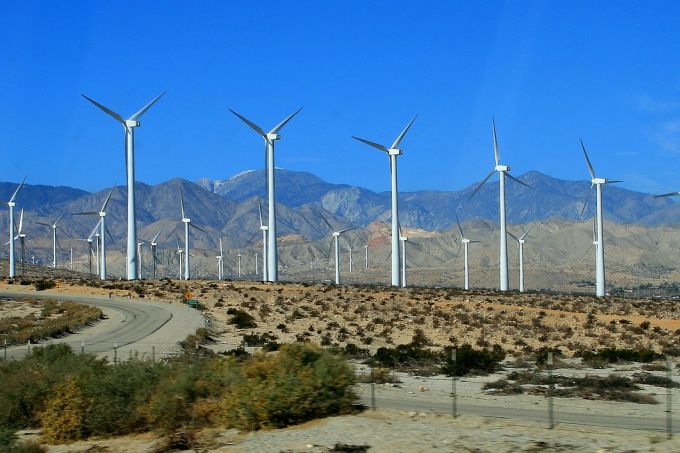


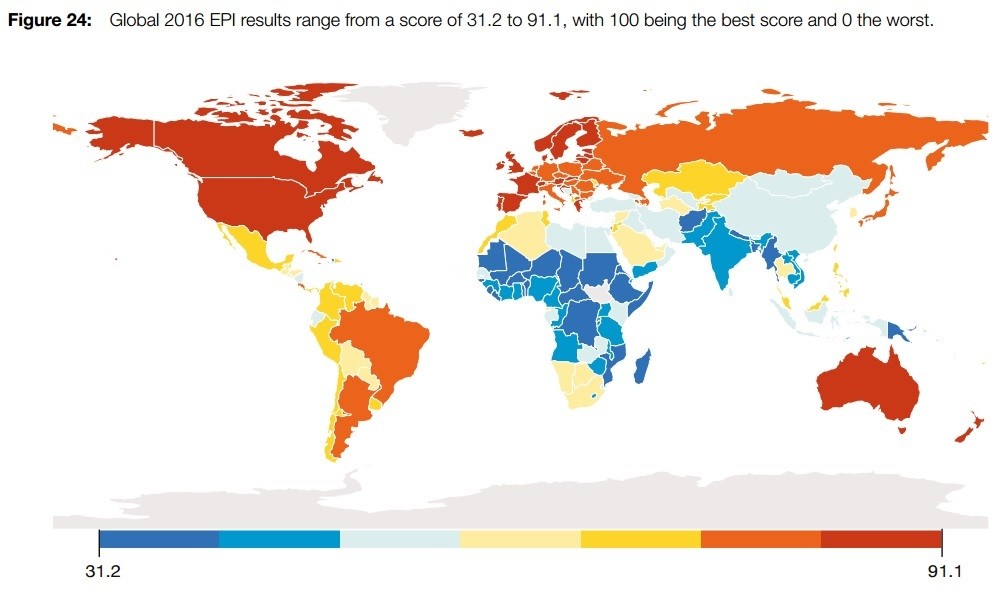
 Nordic nations often appear at the top of rankings for the world’s greenest places, so the countries dominating Yale’s Environmental Performance Index (EPI) will come as no surprise – with the exception of Norway, which is lagging behind in 17th place.
Nordic nations often appear at the top of rankings for the world’s greenest places, so the countries dominating Yale’s Environmental Performance Index (EPI) will come as no surprise – with the exception of Norway, which is lagging behind in 17th place.


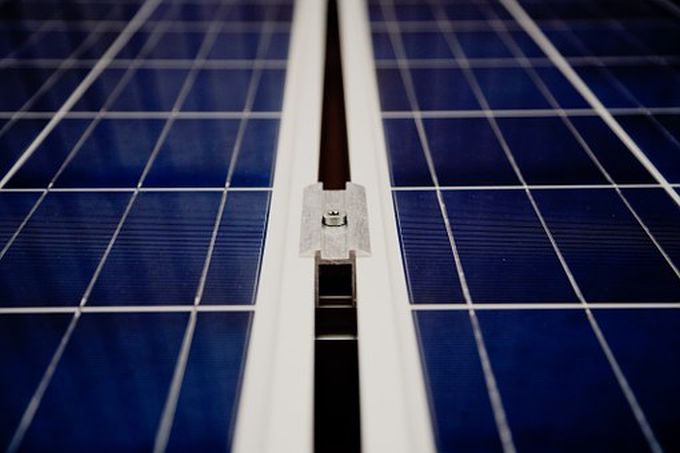
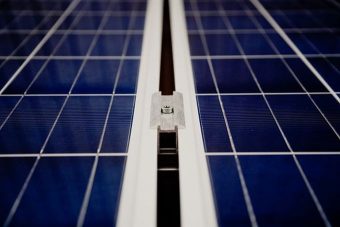

 On Thursday, the 23rd of June, Bertrand Piccard and Solar Impulse successfully made a historic, zero-fuel flight across the Atlantic, from New York to Seville, Spain.
On Thursday, the 23rd of June, Bertrand Piccard and Solar Impulse successfully made a historic, zero-fuel flight across the Atlantic, from New York to Seville, Spain.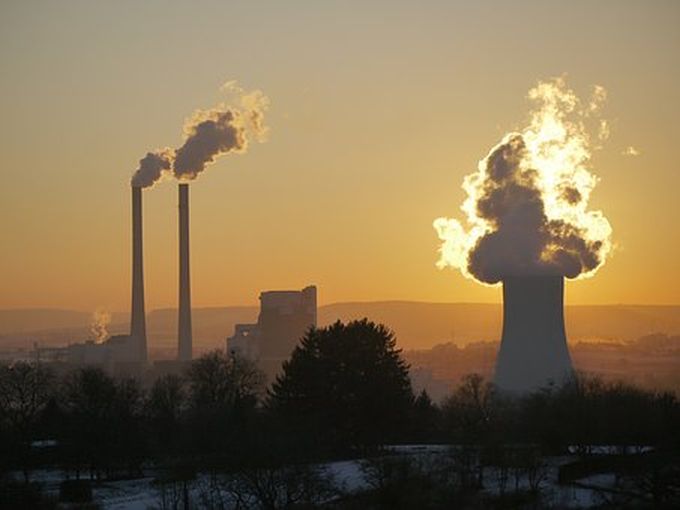


 Last year, researchers at George Washington University proposed a method for transforming CO2 emissions into carbon nanotubes (CNTs). When applied to power plants, the technology could completely eliminate the power plants’ CO2 emissions while simultaneously producing a valuable product that is used for a variety of applications, including batteries, consumer electronics, airplanes, and athletic equipment. The technology can work with almost any kind of power plant, but the researchers specifically investigated its application for combined cycle (CC) natural gas power plants, which are the most efficient kind of electrical power plant yet still emit massive amounts of CO2.
Last year, researchers at George Washington University proposed a method for transforming CO2 emissions into carbon nanotubes (CNTs). When applied to power plants, the technology could completely eliminate the power plants’ CO2 emissions while simultaneously producing a valuable product that is used for a variety of applications, including batteries, consumer electronics, airplanes, and athletic equipment. The technology can work with almost any kind of power plant, but the researchers specifically investigated its application for combined cycle (CC) natural gas power plants, which are the most efficient kind of electrical power plant yet still emit massive amounts of CO2.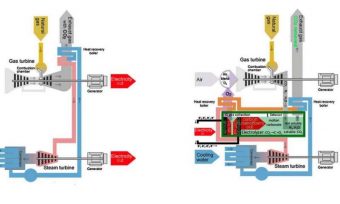 In other words, the small decrease in power output is more than compensated for by the highly valuable carbon nano fibers and nano tubes that could be produced. This is mainly because industrial-grade carbon nano tubes are such an expensive commodity, which currently cost about $300,000/ton ($130/pound) to produce using methods available today. Using the new method, the researchers estimate that it would cost just $2,000/ton to produce CNTs—less than 1% of current production costs. The researchers hope that this large profit potential will make the technology seem like an obvious choice. Since CNTs are about 10,000 times more valuable than carbon tax credits (which are roughly $30/ton), the researchers predict that CNT production will offer a greater incentive for the energy industry to reduce carbon emissions than carbon tax credits offer.
In other words, the small decrease in power output is more than compensated for by the highly valuable carbon nano fibers and nano tubes that could be produced. This is mainly because industrial-grade carbon nano tubes are such an expensive commodity, which currently cost about $300,000/ton ($130/pound) to produce using methods available today. Using the new method, the researchers estimate that it would cost just $2,000/ton to produce CNTs—less than 1% of current production costs. The researchers hope that this large profit potential will make the technology seem like an obvious choice. Since CNTs are about 10,000 times more valuable than carbon tax credits (which are roughly $30/ton), the researchers predict that CNT production will offer a greater incentive for the energy industry to reduce carbon emissions than carbon tax credits offer.





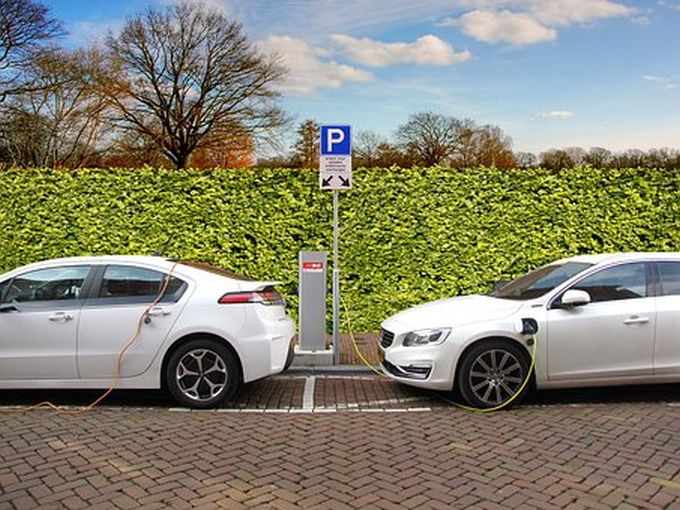
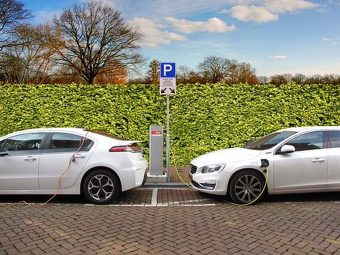
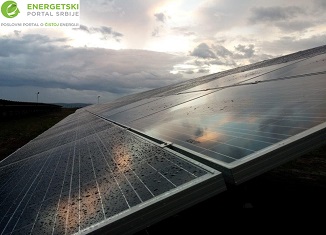
 Applied Energy Technologies (AET) announced that it has completed a 5MW solar installation project with Rosendin Construction Puerto Rico, in Juncos, Puerto Rico. The modules added to the project are Hanwha Q Cells 300W. The installation is expected to generate power to a Medtronic Pharmaceuticals site.
Applied Energy Technologies (AET) announced that it has completed a 5MW solar installation project with Rosendin Construction Puerto Rico, in Juncos, Puerto Rico. The modules added to the project are Hanwha Q Cells 300W. The installation is expected to generate power to a Medtronic Pharmaceuticals site.

